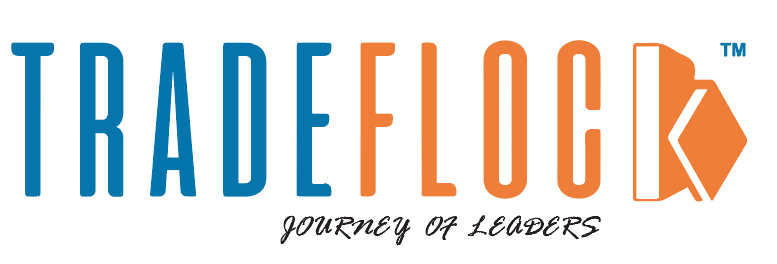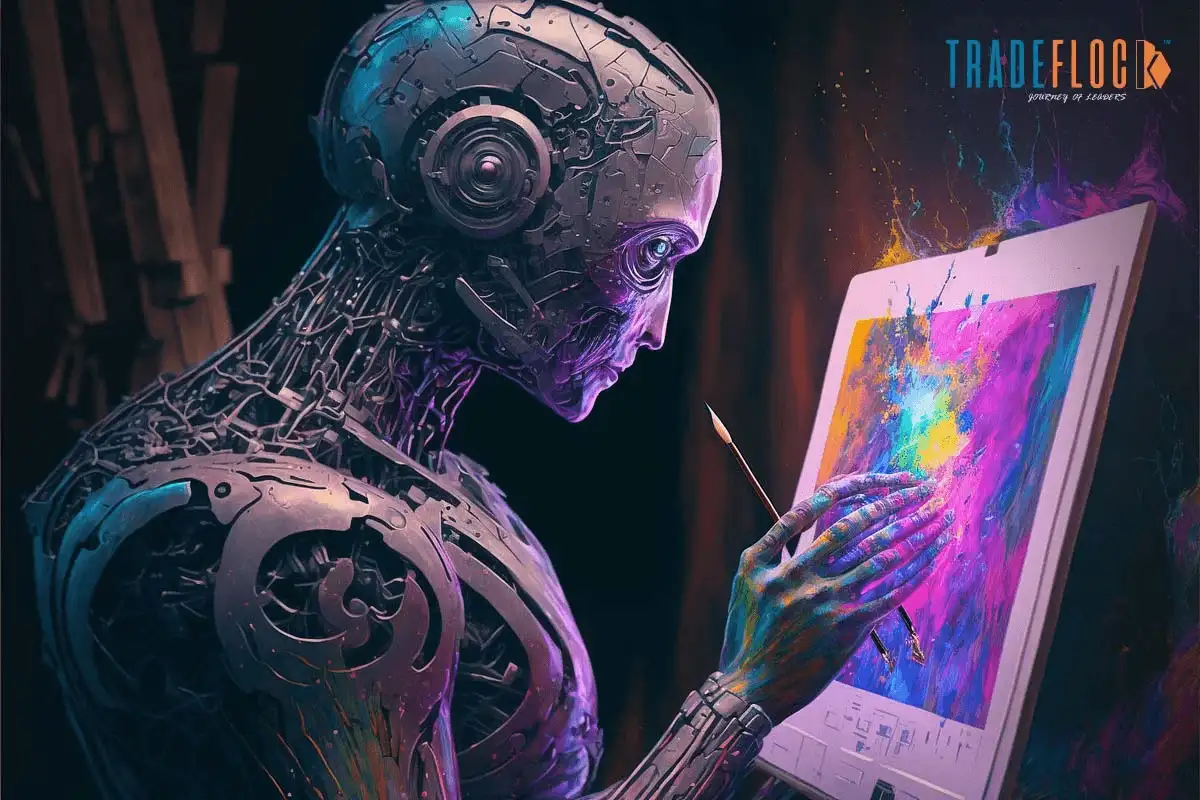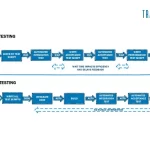AI has taken over the world by storm. Today, AI has many applications, and for that reason, several businesses around the world use AI in their operations. According to the Forbes Advisor Survey, as much as 97% of all business owners believe that AI can help them in their business operations. Art and painting are two fields in which AI is supposed to bring a revolution. Let us try to understand the usage of AI in art and whether it’s a good idea.
Generative AI is the most prominent model of AI being used in the world. Generative AI uses your prompt as directions and creates an image. According to research by EveryPixel, Generative AI models have already created more than 12 billion photos since it was first launched. Moreover, these images’ quality is improving with every passing day. So much so that a study conducted in 2022 pointed out that human participants could not tell the AI-generated image with real-life art, a testament to the realism of AI-generated art. However, the caveat with this is that the art will only be as good as the prompt. For instance, if you write, “ Imagine an image of a forest in the sunset,” it will give you a forest image with the sunset in the background. This image can be animated or real. If you want a realistic image, you must write, “ Imagine an ultra-realistic image of a forest at sunset.” This means that the generative AI’s ability depends solely on the prompt given by the artist or user in general.
Another way to make art through AI is by utilising algorithms and data. This approach manipulates or tweaks the existing art in its database to create something slightly different or completely different. For example, an artist named Mario Klingemann introduced ‘Neural Love Letter,’ where he used AI algorithms to create love letters based on the works of writers and other famous literary works. However, this approach questions the artist’s participation and the idea’s originality. This, however, answers our question: Can AI rethink Art? Well, the answer to this question is, Yes, it can rethink art in ways previously we couldn’t even think of. With that being said, it is worth noting that this ability to rethink art and recreate art into something beyond our imagination is only possible after we feed the AI models millions of data sets.
Earlier this year, Refik Anadol, an artist, organised a 47-day event at the Serpentine Galleries in London, during which he presented AI-generated images to around 66,000 people. He showed two pictures to the public: one of an underwater landscape and the other of a forest landscape. The underwater landscape was generated with the help of an AI model, which used around 135 million images of coral reefs in the ocean to determine the best combination. The same goes for his forest image, where another AI model used data from the archives of the Smithsonian Institution and the Natural History Museum in London.
Anadol is very optimistic about the future of AI, at least in the art industry. He believes that AI has the capability to conceive ideas and art that are beyond the human mind’s imagination. He also emphasised that AI can perceive worlds beyond reality and can act as a gateway between our imagination and the vastness of this universe. Anadol said AI can represent our wildest dreams, hallucinations, and fantasies. He described AI as “50 percent human, 50 percent machine. In the future, AI will be designed from scratch to see, to hear, to feel, and to produce a living form of art that will be a synthetic being.” He further added, “ AI can be described as a thinking brush that doesn’t forget, that can remember anything and everything.” The impact of AI in art is evident, but there are still many limitations, like the need for human input, the structuring of the prompt, and the amount of open-source data available to the AI system.






